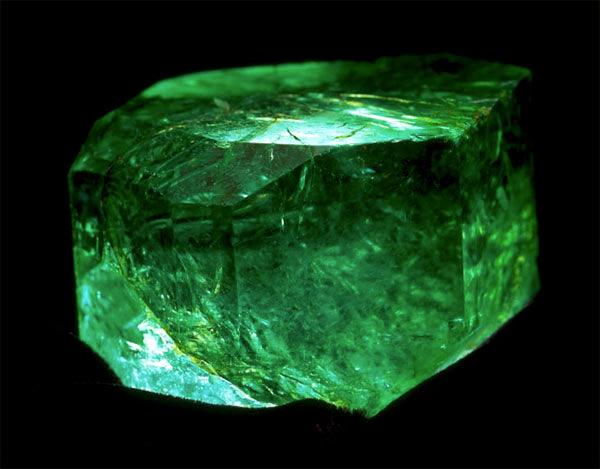Utilizing advanced spectroscopic techniques, scientists at the American Institute of Physics can now pinpoint the precise origin of a gemstone.
This scientific breakthrough is exciting on a few levels.
For instance, curators at the Smithsonian might want to determine if the emerald at the center of a historic crown originated in Cleopatra’s Mines near the Red Sea or the ancient Muzo mine deep in the Andes.
The new technology could also be used to shed light on ancient trade routes. Gemstone jewelry unearthed in one part of the world might be linked with a specific mine oceans away, providing solid evidence that the cultures were once connected in commerce.
While all emeralds are made up of beryllium aluminium silicate, subtle differences in the gems' chemical structures can pinpoint their origins, similar to the way a DNA test can reveal that your ancestors were Northern Europeans or Native Americans.
In a study published in the journal AIP Advances, the scientists described three types of spectroscopy — laser-induced breakdown spectroscopy (LIBS), Fourier transform infrared (FTIR) spectroscopy and Raman spectroscopy. When used in combination, they can tell the origin story of gemstones.
LIBS determines chemical composition; FTIR analyzes structure and the presence of water and other hydrocarbons; and Raman spectroscopy defines the unique crystalline structure of the gems’ atoms.
The researchers analyzed samples of emeralds, peridot and amazonite from the Arabian-Nubian Shield, an outcropping of mineral deposits that runs along the Red Sea in current-day Egypt and Saudi Arabia. The deposits have been dated to Earth’s earliest geological age, and have been a valuable source of precious metals and gemstones since ancient times.
The scientists compared these samples with similar gemstones sourced from mines around the globe.
"We showed the main spectroscopic characteristics of gemstones from these Middle East localities to distinguish them from their counterparts in other world localities," the study's co-author, Adel Surour, told Science Daily.
The gems from the Arabian-Nubian Shield did, in fact, present a different signature than similar gemstones found elsewhere.
"Gemstones, such as emerald and peridot, have been mined since antiquity," Surour said. "Sometimes, some gemstones were brought by sailors and traders to their homelands. For example, royal crowns in Europe are decorated with peculiar gemstones that originate from either Africa or Asia. We need to have precise methods to distinguish the source of a gemstone and trace ancient trade routes in order to have correct information about the original place from which it was mined."
Credit: Photo of 858-carat Gachala Emerald (Colombia) by Chip Clark / Smithsonian.


